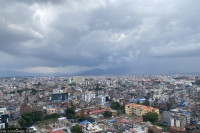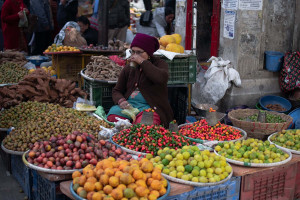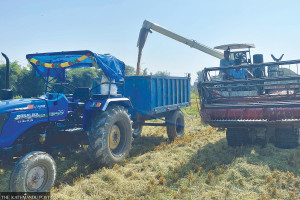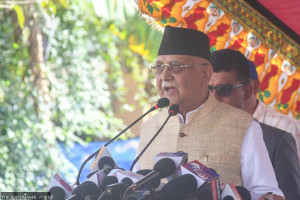Money
Large cardamom tops list of agro exports
Large cardamom topped the export list of farm products in the first seven months of the fiscal year, accounting for almost one-fourth of agro export revenues, the Trade and Export Promotion Centre (TEPC) said.
Large cardamom topped the export list of farm products in the first seven months of the fiscal year, accounting for almost one-fourth of agro export revenues, the Trade and Export Promotion Centre (TEPC) said.
Nepal shipped large cardamom worth Rs3.3 billion during the period mid-July to mid-February, up from Rs2.2 billion year-on-year. The spice accounted for 23.75 percent of the export earnings from farm products totalling Rs13.89 billion. An increase in production along with improved quality helped cardamom exports to jump sharply.
Dil Bahadur Shrestha, technical officer of the Ilam Cardamom Development Centre, said output increased significantly this year as a disease outbreak was effectively controlled. “In addition, intensive skill trainings offered to local farmers also helped increase production,” Shrestha said.
Shrestha added that Nepal’s cardamom crop fetched higher prices this year because of improved quality. According to him, the average market price of large cardamom has gone up to Rs1,000 per kg from Rs675-750 per kg last year.
“Previously, local farmers used to dry their harvests in homemade furnaces. Adulteration and lack of processing also prevented farmers from getting appropriate prices for their crops,” Shrestha said. “Farmers have switched to modern dryers to process their harvests.”
Nepal produces three types of large cardamom, namely jumbo jet, standard and chalan chalti. The high-value cash crop is produced mainly in the eastern hill region. Currently, large cardamom cultivation has expanded to 46 districts of the country, with the acreage totalling 14,875 hectares and annual production exceeding 6,000 tonnes, according to the Ministry of Commerce.
Nearly 99 percent of the large cardamom grown in Nepal is exported to India. From India, the spice is re-exported to Bangladesh, Pakistan, the Gulf countries and other overseas destinations.
Likewise, ginger exports surged three-fold to Rs400.51 million during the review period. Tea export revenues jumped 26.5 percent to Rs2.21 billion. Among Nepal’s top five exportable farm products, earnings from juices plunged 18.7 percent to Rs2.28 billion while lentil exports dropped 1.4 percent to Rs590.19 million, according to the TEPC.
Meanwhile, Nepal imported agro goods worth Rs75.6 billion, accounting for 11.43 percent of total imports. Among the top five imports of farm products, rice imports surged 20.1 percent to Rs17.23 billion. Corn, potatoes, apples and dried leguminous vegetables were among Nepal’s major imports. Corn, which is imported mostly from Brazil and Argentina, is mainly used to produce animal feed, TEPC Executive Director Sarad Bickram Rana said.




 16.12°C Kathmandu
16.12°C Kathmandu














